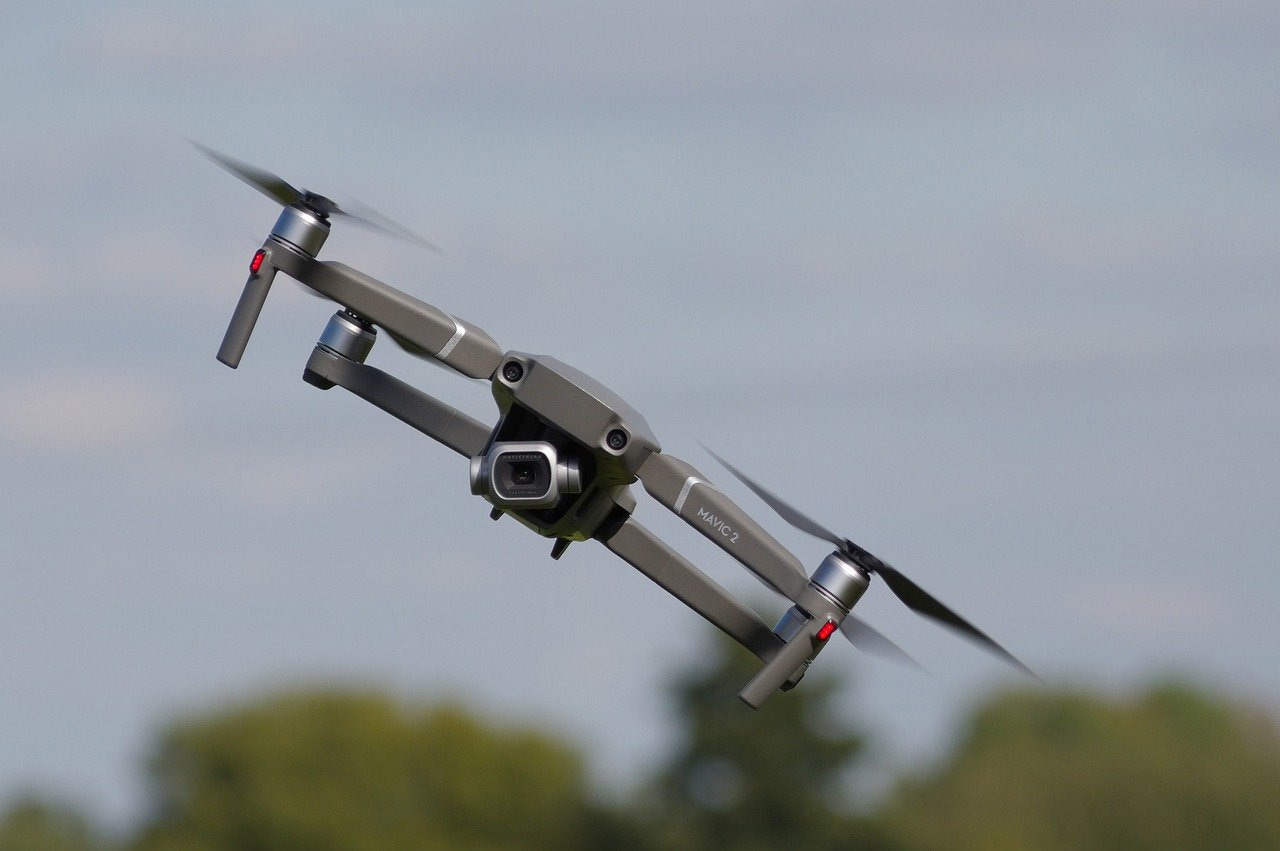Laser pointer and drones a growing risk to aircraft safety
STARS asks users to stop pointing at planes and helicopters
Have you or someone you know ever taken a laser and pointed it at an airplane or helicopter, just to see what happens? Or decided to fly your drone near a helipad or an emergency?
Well, this has become a problem.
Canadian air ambulance service STARS is requesting public assistance in safe drone and laser usage. As more people are using them, they want to bring awareness about how to use these devices without risking the safety of aircrafts, crews, and patients.
Using these drones and lasers, especially around emergency scenes, airports, and helipads, can become a threat to aircraft safety. They can distract and disorientate pilots, or even create glares and block flight paths.
Under the Aeronautics Act, legal action can be taken against a person or people who are using a laser or a drone close to an aircraft.
Canada has over 337,000 drones. It has become much easier for people to buy small drones and lasers at local retailers like Costco and Best Buy, which likely has resulted in higher rates of flight issues. While there are currently no published statistics on recent flight issues (or recent charges for breaking drone flying laws) the plea from STARS implies there is a bigger problem.
“We want people to enjoy using their drones and lasers, but to do so safely,” says Frank Eigenbrood, STARS director of safety and quality. “Drones flown irresponsibly near our flight paths can endanger our crew and our patients onboard, so we are looking to our community and our supporters to help raise awareness of these dangers and to prioritize safety over curiosity.”
The government of Canada requires all drones weighing between 250g and 25kg to be registered and marked with their registration number. Drones can fly as long as the operator can still see it at all times, and they must remain at least 1.9km away from heliports and 5.6km from airports. Operators must keep their drones away from emergency sites and advertised events as well.
“Our pilots and crew members are highly trained to handle a variety of challenges, but the increased use of lasers and drones, especially this summer, near our aircraft is a growing concern.” says Jason Arthur, STARS director of flight operations. “From night operations to challenging conditions, our pilots try to minimize these hazards which can disrupt critical rescue missions and put both our crew, patients, and the communities we serve at risk.”
Don’t do it. It might cost a lot more than a fine.




I hope this message hits home.